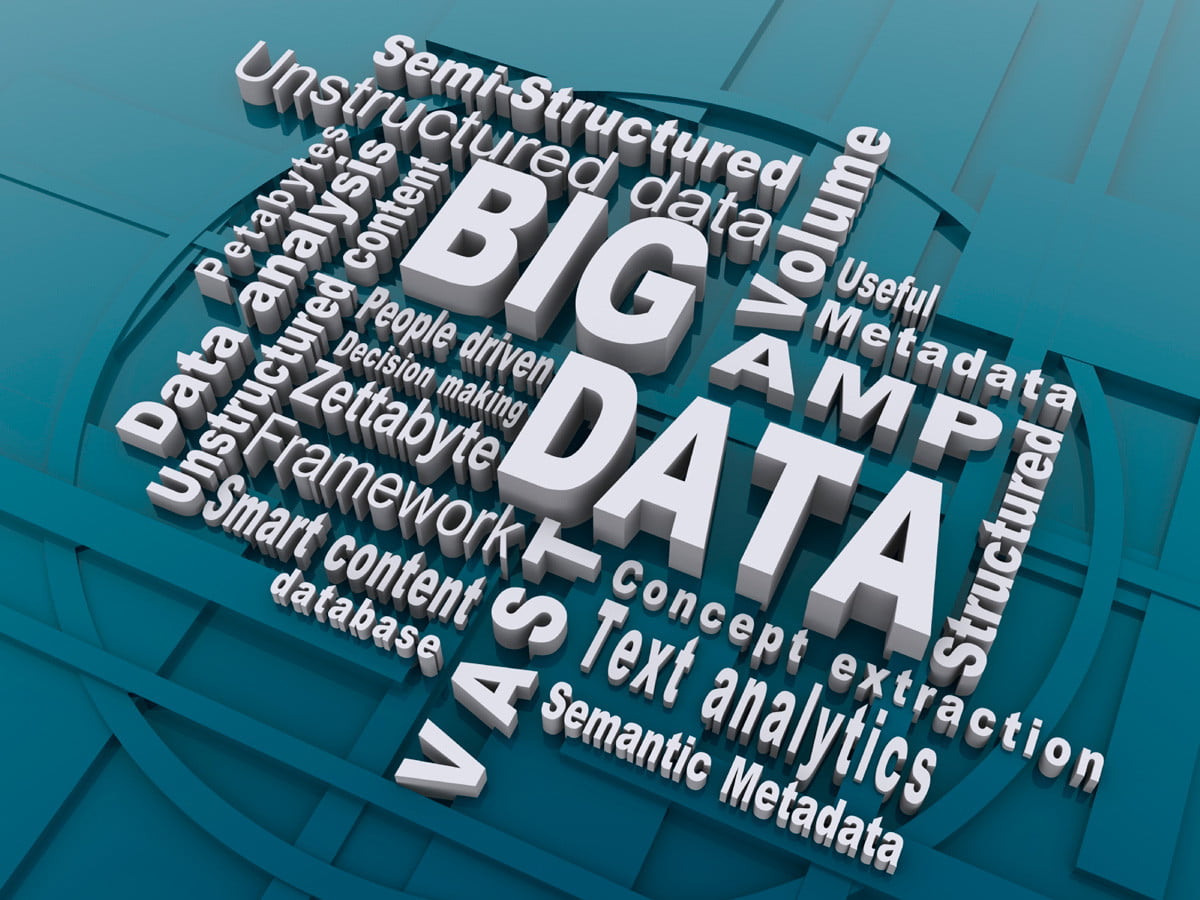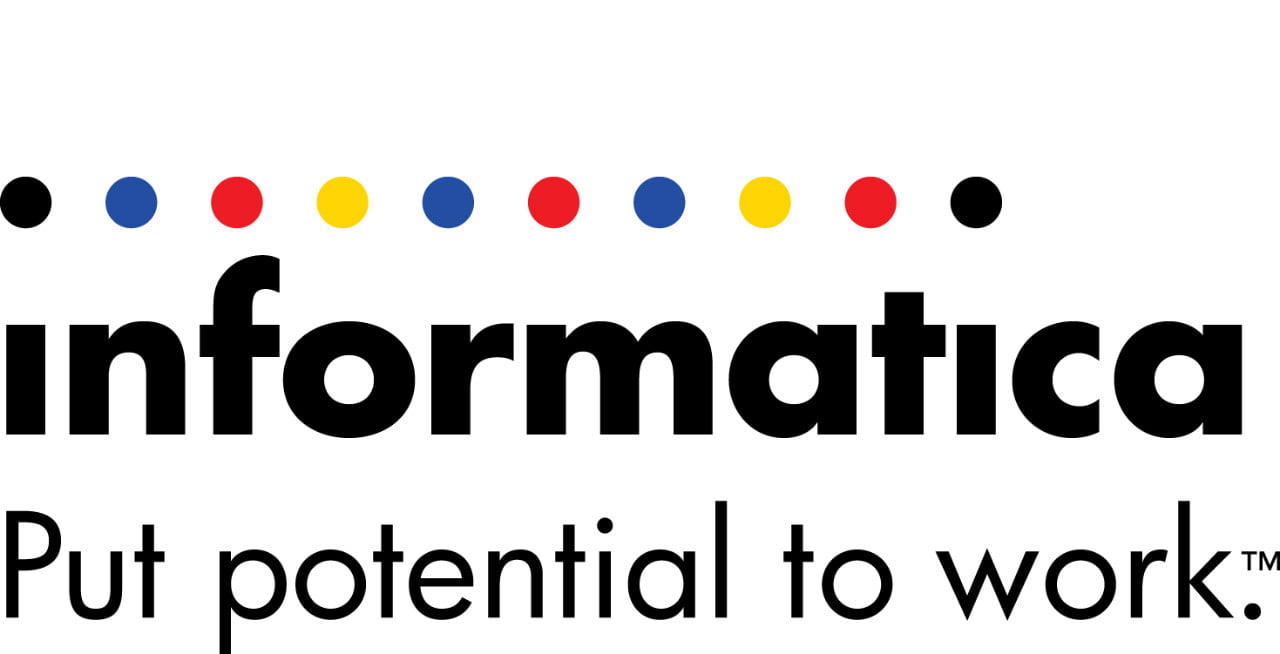2030 Future of Software
In Official BlogIntroduction:
Standing on the brink of a new decade, technology evolution is poised to transform our very digital lives. Technology is propelled by Software and this field looks set to go through a revolution in the following years. In this tech blog we will explore predictions for the future of software and look at which trends, innovations and paradigm shifts are likely to define the landscape by 2030.
1. AI-Infused Everything:
2030 is likely to see AI integration as standard in almost every piece of modern software. Advanced machine learning algorithms will be used in software applications so they not only automate simple tasks, but also make smart and data-driven decisions. Software evolution will be powered by AI beginning from personalized user experiences all the way to predictive analytics.
2. Quantum Computing Revolution:
By 2030, the promise of quantum computing and its unmatched processing power is likely to be realized. Quantum algorithms will revolutionize the way in which software approaches complicated calculations and handling problems, previously deemed unsolvable. Quantum computing will revolutionize industries from cryptography to drug discovery, at its forefront.
3. Decentralized Applications (DApps):
Blockchain technology is going to mature, paving the way for a new generation of decentralized applications (DApps). These applications which do not come under central control will reinvent how we engage with digital platforms. From DeFi to secure voting systems, DApps will camp up transparency security and immutability in multiple vectors of software.
4. Extended Reality (XR):
The emerging convergence of AR, VR and MR is likely to reinvent user interfaces as well as experiences. By 2030 XR will be merged with software, revolutionizing how we engage in digital content. XR will connect the digital and physical spheres through immersive gaming to virtual collaboration in professional settings.
5. Voice-First Interfaces:
The use of voice-activated virtual assistants is likely to increase beyond what it currently looks like now. 2030, software design will require voice-first interfaces at which users would be able to interact with applications, devices and services using natural language. Voice recognition and natural language processing advancements will make these interfaces more intuitive and become popular.
6. Sustainable Software Development:
As the focus on environmental sustainability becomes more pronounced, software development practices are likely to transform. 2030 will mark an emphasis on energy-efficient code creation, algorithm optimisation for lowest environmental impact and adoption of eco practices across the software lifecycle.
7. Edge Computing Dominance:
2030 looks like being dominated by edge computing which means processing data closer to the source instead of depending solely on cloud servers. This change will lead to improved processing speeds, lower latency and increased protection with a focus on the same when real-time data analysis is in question as it happens in cases of IoT devices or autonomous vehicles.
8. Cybersecurity Evolution:
software is continuously growing complex so are its threats. 2030, cybersecurity standards will have to adapt because attacks are becoming more complicated. AI-powered cybersecurity products, blockchain security protocols and increased emphasis on zero trust architectures will be instrumental in securing the integrity of software systems.
9. Personalized Medicine Software:
Personalized medicine is promising to bring revolution in healthcare industry. Software applications will be key in the analyzing of an individual’s genetic data, disease risks prediction and development of personalized treatment plans based on a person’s unique genes. In 2030, personalized medicine software will help develop more effective and targeted healthcare interventions.
10. Emotional AI and Sentient Technologies:
Emotional AI is on the horizon, one that could enable machine understanding and response to human emotions. Sentient technologies will blur the borders between what it means to be human and a machine, introducing an emotionally aware software.
11. 5G-Powered Applications:
5G technology is set to be rolled out on a large scale which would open up new horizons in software development.
Conclusion-
In conclusion, the visions for software in 2030 fall into a clear perspective of what it means to build an exciting technology future. From the universal adoption of AI and quantum computing to changes in how we develop decentralized applications, extended reality voice-first interfaces you can see that the path software development is taking will transform interactions with technology.
The anticipated innovations not just echo the technological capabilities of software but also emphasize ethical considerations, sustainability and issues related to responsible development. Moving forward and into the future, we can not separate these technologies but rather they are part of a concerted effort to prepare for an era where innovation is geared towards being inclusive , respectful of nature and beneficial to society.
Quantum computing promises to bring unimaginable computational power, so it will open new horizons for cryptography and drug discovery. On the other hand, integration of decentralized applications and blockchain technology will usher in a new era full of transparency security on digital assets user controls.
5G-supported applications, extended reality technologies and voice-first interfaces promise a future where human machine interactions become more intuitive, immersive to our daily lives. As software develops in its ability to interact and respond with human emotions, a new field of empathetic and personalized user experiences emerges that combine the digital realm with human behavior.
Security is still a primary concern, and the future of software involves the continuous implementation of DevSecOps practices in order to ensure that security becomes part and parcel of how software development takes place. Ethical considerations and responsible AI frameworks will inform the development and deployment of AI-powered systems while encouraging confidence in automation.
The concept of open source development is already powerful as a collaboration and it stands on the verge of exploding in software domination, but also into global initiatives toward comprehensive scientific research sharing solutions to some pressing world problems worldwide. Fairness, transparency and accountability alongside human augmentation technologies that can enhance capabilities of humans are the potential benefits.
On the path to 2030, software progress in not defined as a predetermined destination but an ever-changing process. It is Developers people in the industry society at large who will determine this future. Equally as important as the ability to accumulate information, be smart and well-informed will also be that of adapting; specifically in applying technology but morally.
Through these predictions, the software industry would be able to take part in a future which technology can help mankind solve some of our global problems and make this world more interdependent and sustainable. 2030 journey creates a blueprint of what the future could be with software not just as an instrument but instrumental to global change.





